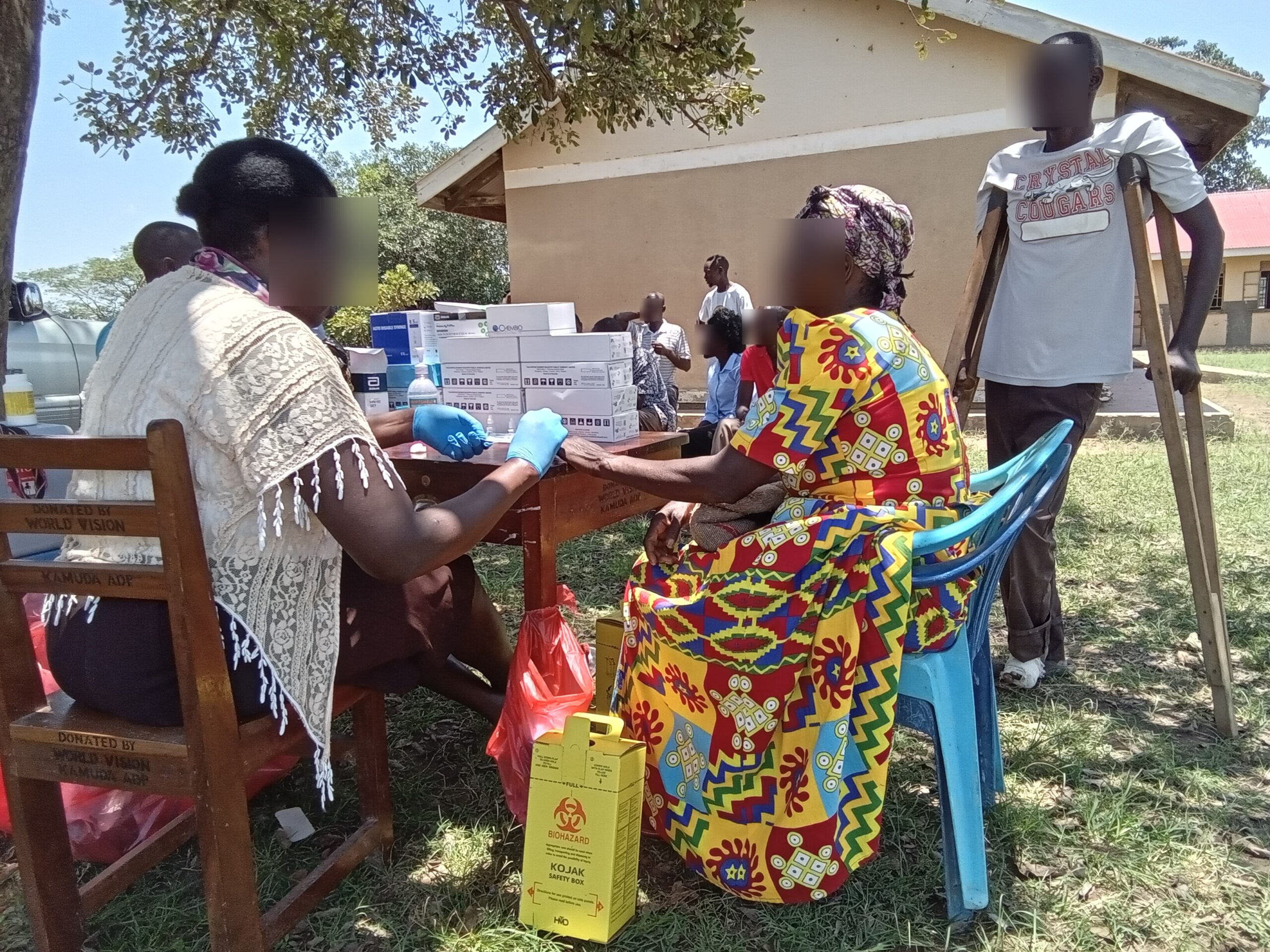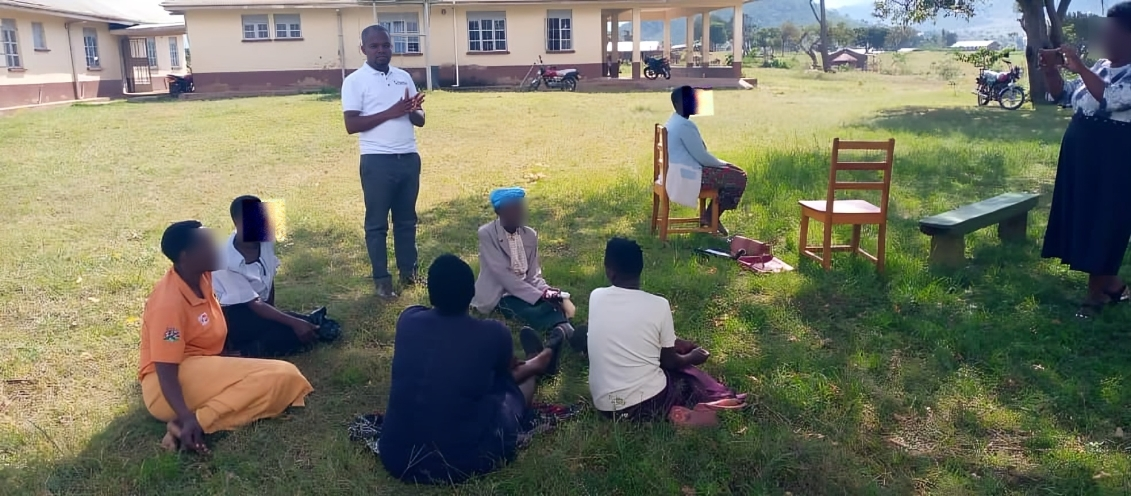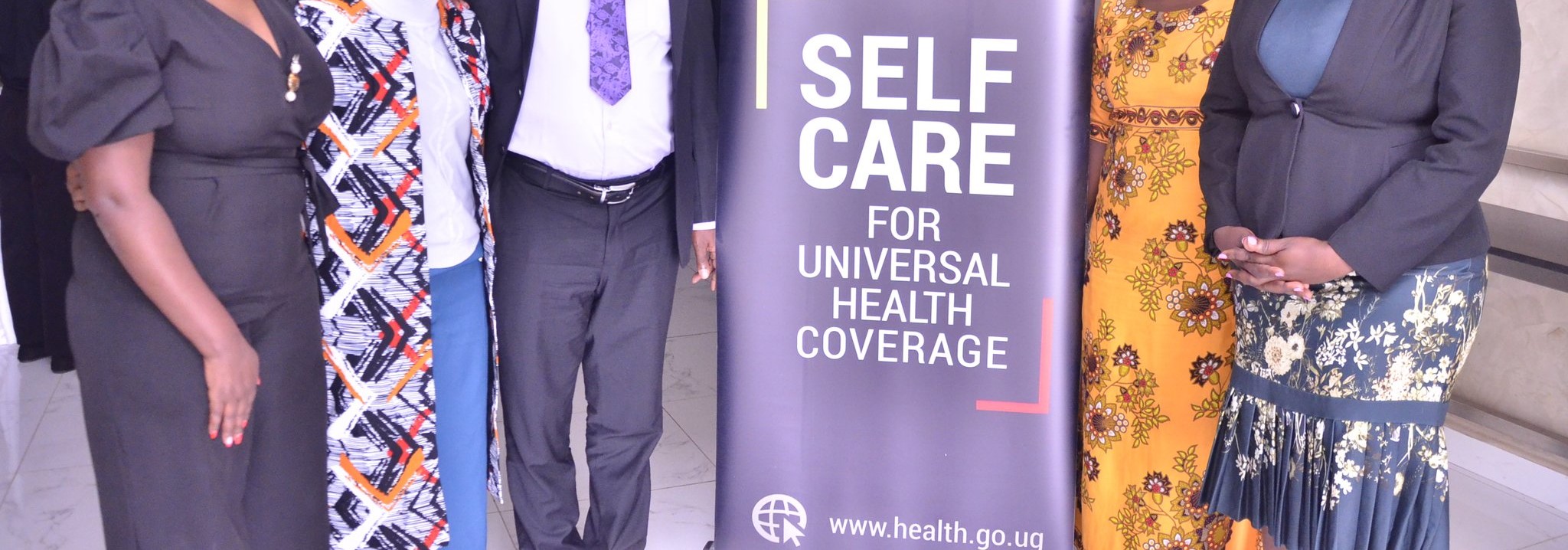By Seth Nimwesiga | Policy an Advocacy Lawyer | CEHURD
Introduction
In 2013, the Inter-American Commission on Human Rights (IACHR) took the unprecedented step of ordering El Salvador to allow a therapeutic abortion for a woman known as Beatriz, who faced serious health risks from a nonviable pregnancy.1 Beatriz petitioned the IACHR after El Salvador repeatedly denied her requests for the medically necessary procedure under the country’s absolute criminalisation of abortion (IACHR, 2013).The IACHR’s provisional measures represented the first time an international human rights body, intervening to require a state to guarantee access to safe and legal abortion care where it was legally prohibited (IACHR, 2013).
Although El Salvador did not comply until the last possible moment, the IACHR’s decision set a vital precedent for upholding reproductive rights and exposed the human costs of El Salvador’s extreme abortion ban (Human Rights Watch, 2023). The Beatriz case demonstrated how absolute abortion bans violate international legal protections for women’s lives, health, and freedom from cruel and degrading treatment. It established that regional human rights bodies can override regressive domestic laws to protect reproductive rights (Human Rights Watch, 2023). Through the provisional measures, the IACHR compelled El Salvador to acknowledge that Beatriz’s rights and well-being took priority over a rigid enforcement of unjust abortion restrictions.
This article analyses the significance of the unprecedented intervention by the IACHR in Beatriz v. El Salvador as an influential milestone for advancing safe abortion access and reproductive justice in Latin America. The case created momentum for challenging other states’ restrictive laws and signalled that regional bodies may step in where domestic policies contravene human rights.
Background to the Beatriz’ Case
In 2013, Beatriz, a 22-year-old woman living in poverty in El Salvador, was diagnosed as suffering from lupus and kidney disease while pregnant with her second child (IACHR, 2013). Doctors determined her pregnancy was high-risk and the foetus had a fatal anomaly, anencephaly, meaning it was not likely to survive outside the womb (IACHR, 2013). They warned Beatriz that continuing the pregnancy endangered her health and life. Despite the medical risks, Beatriz’s requests through the country’s legal system for a therapeutic abortion were denied at multiple levels. It is important to note that El Salvador has one of the strictest abortion laws in the world.
Article 1 of El Salvador’s Constitution recognizes rights to life “from the moment of conception” (Constitution of the Republic of El Salvador, 1983). Their Penal Code prescribes up to eight years imprisonment for women who induce abortions and for doctors who assist them (Penal Code of El Salvador, 1997, Art. 135). Beatriz filed a writ of Amparo, arguing the abortion ban violated her constitutional rights to life and health. However, the Supreme Court ruled against her in May 2013, refusing to make an exception (IACHR, 2013). With no remaining domestic options, Beatriz’s lawyers appealed to the IACHR to intervene.
IACHR Provisional Measures
With Beatriz facing severe risks to her life and health if forced to continue the pregnancy, her lawyers petitioned the IACHR to grant emergency protection. On May 29, 2013, the IACHR issued provisional measures urging El Salvador to “adopt the necessary measures to ensure the protection of Beatriz’s right to life, personal integrity and health” (IACHR, 2013). This included providing medical treatment and allowing termination of the pregnancy (IACHR, 2013).
Under Article 25 of the IACHR Rules of Procedure (2009), the Commission can request states to protect individuals facing grave and urgent harm to their human rights. The IACHR found Beatriz’s situation met the requirements for provisional measures (IACHR, 2013). It emphasized the risks to her mental and physical health and the inefficacy of El Salvador’s abortion law in protecting a nonviable foetus. The IACHR ordered prenatal treatment along with ending the pregnancy within 72 hours (IACHR, 2013).
Initially, El Salvador refused to comply, despite international pressure (Human Rights Watch, 2023). But as Beatriz’s health deteriorated further, the government allowed her to undergo an emergency C-section on June 3, 2013, nearly at the point of renal failure (Human Rights Watch, 2023). The 27-week anencephalic foetus died within hours. The IACHR’s action compelled El Salvador to prioritize Beatriz’s rights over rigid adherence to unjust laws.
Importance for International Human Rights Law
The Beatriz case highlights the severe human rights impacts of abortion bans and the need for evolving legal standards around reproductive rights globally. Laws like El Salvador’s conflict with international treaties protecting women’s lives, health, privacy, and human dignity. The IACHR’s intervention reaffirmed the duties of states to reform restrictive abortion policies that jeopardize women’s rights and well-being. Although domestic sentiment may still favour abortion restrictions in some regions, bodies like the IACHR affirm the primacy of women’s rights over ideological opposition or customary prohibitions.
The case also demonstrated how blanket abortion bans disproportionately endanger poor and marginalized women alternatives to protecting their rights. Wealthy women can often evade restrictions by travelling abroad while denial of abortion access harms and stigmatizes disadvantaged groups (Amnesty International, 2014). Liberalizing abortion laws remains essential to the protection of the human rights of all women regardless of socioeconomic status.
Suggestions for Further Action
The Beatriz case deserves more global attention and advocacy to catalyse reform of abortion laws contravening human rights standards. International and regional courts should continue issuing decisions upholding reproductive rights over regressive domestic bans. Activists must publicize the harrowing consequences of denial of safe abortion and the problem of life-threatening illegal abortions where legal care is banned. Litigation strategies like Beatriz’s writ of Amparo can challenge abortion restrictions through domestic courts as well.
Global human rights bodies should also intensify monitoring and pressure on states with harsh abortion laws like El Salvador. Linked aid and trade policies can incentivize legal reform. With persistent activism and leverage of regional and international oversight mechanisms, progress is possible despite deeply engrained opposition to liberalizing safe and legal abortion. The Beatriz case provides a model of multi-level advocacy impacting national policies. Continued strategic pressure grounded in human rights has the potential to incrementally alleviate abortion restrictions and build regional norms affirming reproductive justice.
Conclusion
The IACHR’s unprecedented intervention in Beatriz v. El Salvador represented a landmark moment for the recognition and protection of reproductive rights in Latin America. The Commission’s provisional measures compelled El Salvador to provide Beatriz with life-saving abortion care despite the country’s complete legal prohibition. This established that international human rights law can override regressive domestic abortion restrictions when women’s lives and health are endangered.
The Beatriz case exposed the devastating impacts of abortion criminalization on disadvantaged women and reaffirmed states’ obligations to reform laws contravening women’s rights. It created momentum for liberalising restrictive abortion policies regionally and globally based on evolving human rights standards. The IACHR’s willingness to intervene against El Salvador’s ban set a vital precedent for international bodies to counteract domestic abortion restrictions on grounds of women’s dignity and wellbeing.
The case merits greater global attention and advocacy as a model for challenging other states’ restrictive abortion laws through domestic and international litigation grounded in human rights protections. With continued strategic pressure, the progress exemplified by the Beatriz case can lead to alleviating inhumane restrictions safe abortion worldwide. The evolution of international legal norms affirming reproductive rights over ideology or custom remains imperative for protecting women’s lives, health and human dignity.
References
Amnesty International. (2014). El Salvador: On the brink of death: Violence against women and the abortion ban in El Salvador. Amnesty International.
Constitution of the Republic of El Salvador. (1983). Article 1.
Human Rights Watch. (2023). El Salvador: Court Hears Case on Total Abortion Ban. Retrieved from https://www.hrw.org/news/2023/03/23/el-salvador-court-hears-case-total-abortion-ban on 31 October 2023.
IACHR Rules of Procedure. (2009). Article 25.
Inter-American Commission on Human Rights. (2013). PM 260/13 – Beatriz, El Salvador.
Penal Code of El Salvador. (1997). Articles 133-137.





